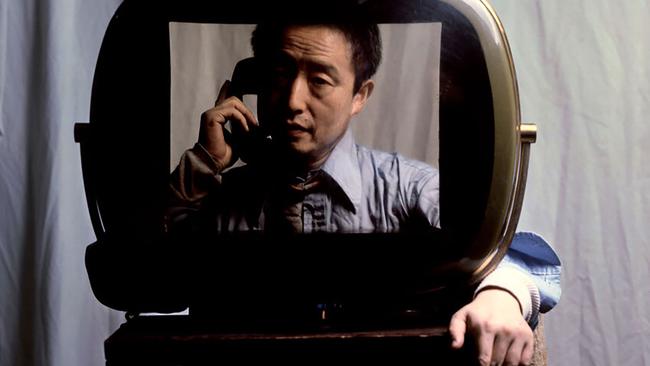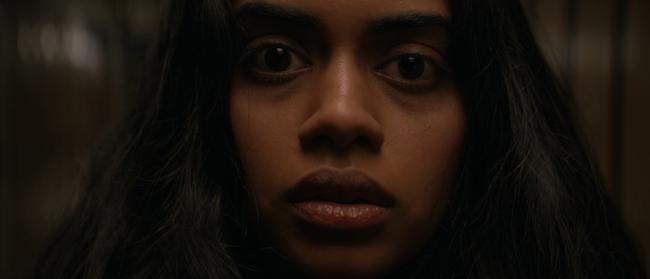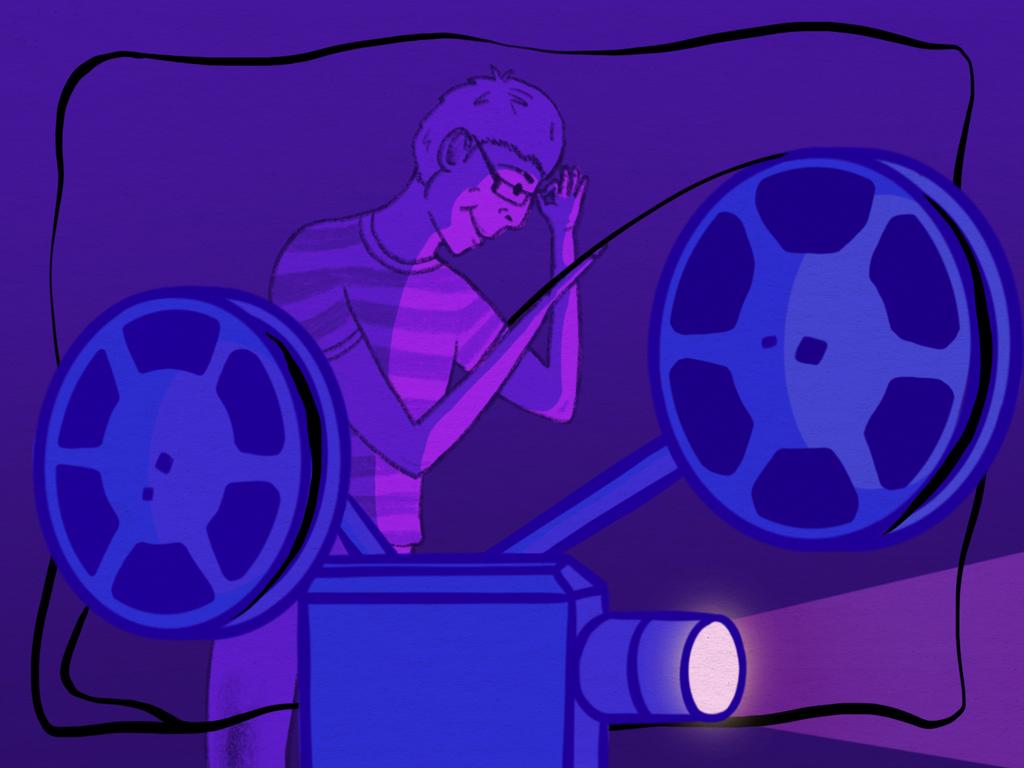Homage to artist who smashed musical instruments
You may not like the kind of art that Nam June Paik created but the artist emerges in this documentary as a visionary who began a new art movement.

Nam June Paik: Moon is the Oldest TV (tbc)
In cinemas
★★★
Korean artist Nam June Paik (1932-2006) has been described as the founder of video art. In 1962 he acquired a Sony Port-a-Pak, the first video recorder available to the general public. This was a transformative moment, but Paik, who trained as a classical pianist, was also influenced by musicians John Cage and Arnold Schoenberg.
Paik invented the term “electronic superhighway” in reference to telecommunications. That was in 1974 and aligns with the artist’s fascination with new technologies, especially in the audiovisual area. He was also an artist who liked to create chaos and destruction, so much so that I wondered if he would have enjoyed this very lucid and comprehensive documentary portrait of him, which is the work of first-time director Amanda Kim.
Kim shows us a great deal of Paik’s art as well as filling in his history. His father was the wealthy owner of a textile manufacturing company – and, it was later revealed, had collaborated with the Japanese during World War II. In 1950 Paik and his family left Korea during the war and relocated, first to Hong Kong and then to Tokyo. By the late 1950s, Paik was living in Munich and in 1958 he attended a John Cage concert that opened his eyes to a different kind of music.
He moved on to New York where he lived in near poverty – on about $10 per week for food – for many years, refusing handouts from the father he loathed. By the early 1960s he was a member of the Fluxus movement, which was composed of artists who also saw themselves as saboteurs – Yoko Ono was one of them.
Paik became obsessed with new technology and was especially attracted to the possibilities of the nation’s most popular form of entertainment, television. Needless to say, this pioneer of video art didn’t use television sets as they were supposed to be used. Instead he turned old sets into sculptures, transformed them into synthesisers and even created a brassiere from TV sets which was worn by his long-time collaborator and cellist, Charlotte Moorman, in a performance that attracted the wrath of the moral guardians of the time.
Not surprisingly most of the mainstream media found Paik’s work ridiculous, wanton and in other ways alien. But his work was highly regarded by many, including Australia’s John Kaldor who brought Paik and Moorman to Sydney in 1976 to present a version of their TV Cello.
The work that finally established Paik as a talented artist was TV Buddha in which a statue of Buddha appears to be viewing himself on television. Paik’s Electronic Superhighway: Continental U.S., Alaska Hawaii is on permanent display in the Smithsonian.
Later in his life, Paik returned to Korea where he helped invigorate the local art scene. He also designed the Korean pavilion at the Venice Biennale in 1984.
Amanda Kim tells much of Paik’s story via the artworks themselves and the result is revelatory – you may not like the kind of art that Paik created (destroying musical instruments, for one) but the artist emerges as a self-deprecating, often amusing character whose visionary works began a whole new art movement.
It Lives Inside (M)
In cinemas
★★★
I’m sure that everyone was horrified to hear last month about the unfortunate woman from NSW who was found to have a live worm inside her brain. Somehow it was even worse when we learned the worm emanated from the faeces of a carpet python. It didn’t bear thinking about.
And that’s why horror movies have, for years, tapped into the fear we all have of something alien inside us. Think of the horrific scene in Ridley Scott’s Alien (1979) when that nasty creature explodes from the chest of the John Hurt character. And, come to think of it, Mr Hyde is really the evil alter ego who lurks inside the upstanding Dr Jekyll waiting for his chance to get out and kill people.
Films about demonic possession follow much the same path. The best of them, the late William Friedkin’s The Exorcist, really shocked audiences in 1973 as indeed it was meant to. Since then, there have been countless sequels and rip-offs, none of them anywhere near as effective as Friedkin’s classic and that includes the recent films about possessed nuns.
The new horror film, It Lives Inside, attempts, with a certain amount of success, to ring some changes on to the familiar material. The principal attempt at originality of this low-budget American horror film is that it takes place among members of an Indian community living in an anonymous North American town. This allows writer-director Bishal Dutta to explore the cultural and social problems faced by members of a minority, as well as telling a mildly exciting horror story.
Samidha (Megan Suri) is an Indian-American teenager who lives with her supportive parents, Inesh (Vik Sahay) and Poorna (Neeru Bajwa), in the suburbs. She’s reached the age where her Indian background and culture are coming into conflict with the everyday attitudes of her fellow students.
Then Sam’s friend, Tamira (Mohana Krishnan) starts behaving strangely – no wonder because the poor girl has come into possession of a jar containing a demon called Pishach. A genie trapped in a jar is one thing, but a demon is quite another. Of course, it’s only a matter of time before the formidable creature escapes and starts killing people.
Unfortunately, despite Dutta’s commendable attempts to breathe new life into this formulaic tale, the film has nothing very fresh to add to the genre, except for the Indian-American characters.
The creature, when we get to see it, roars like an animal and rips holes in its victims, but never very convincingly (in some scenes it’s obvious that a puppet was used instead of the usual visual effects).
The film is redeemed by its aforementioned cultural specificity and some good performances, notably from Suri herself in the leading role. As Joyce, a sympathetic schoolteacher, Betty Gabriel also makes an impression.
At the margins, It Lives Inside is moderately effective, but the core business, the horror, is overly familiar from other films of its type.
More Coverage







To join the conversation, please log in. Don't have an account? Register
Join the conversation, you are commenting as Logout